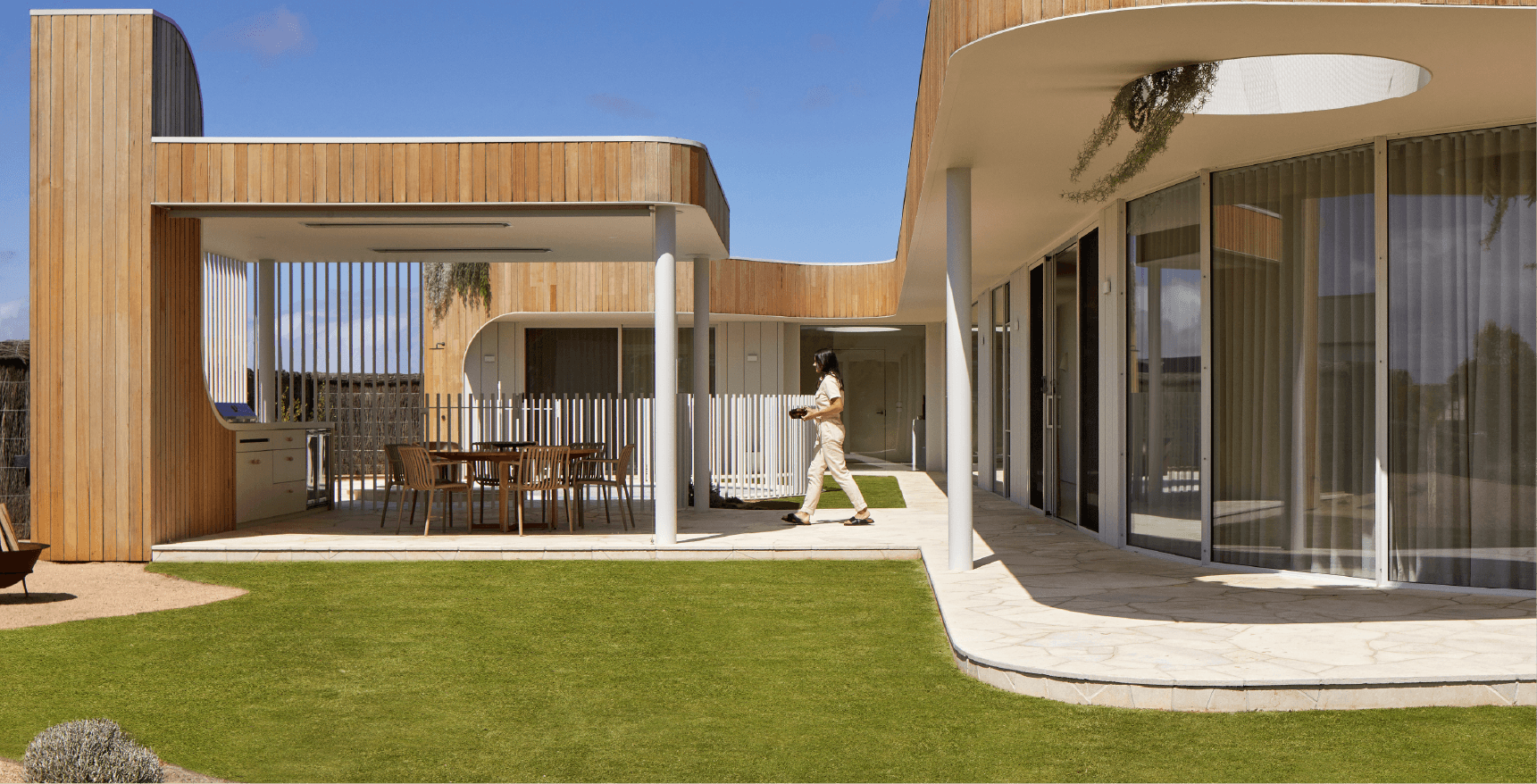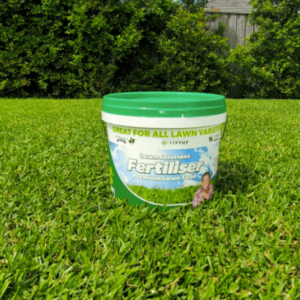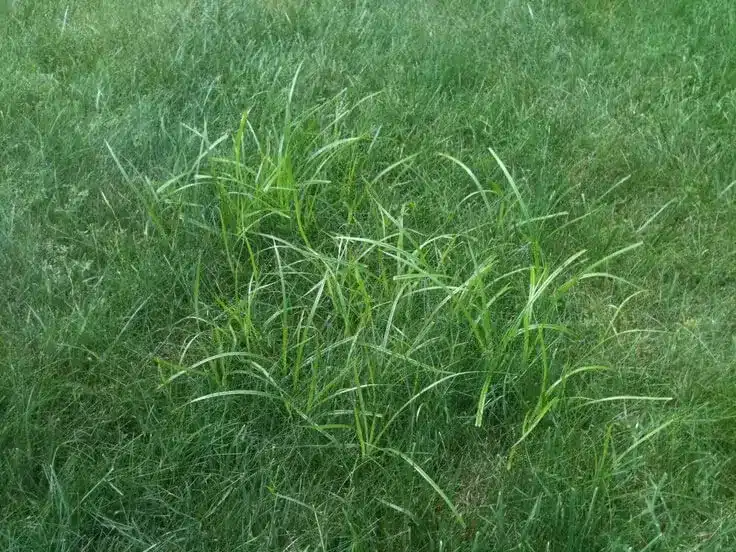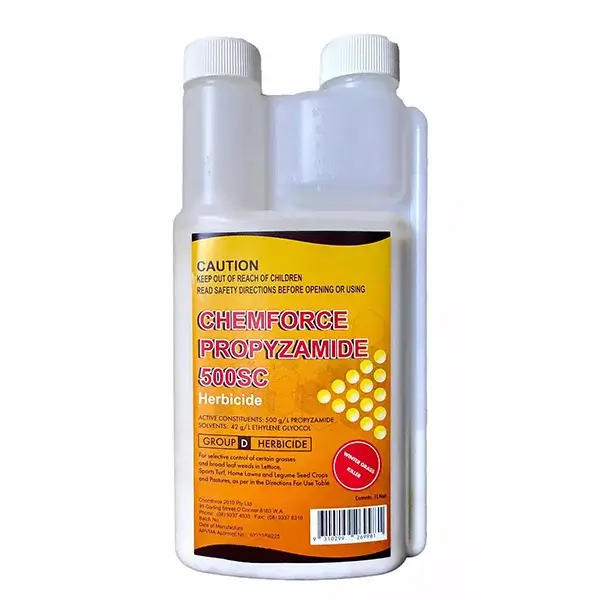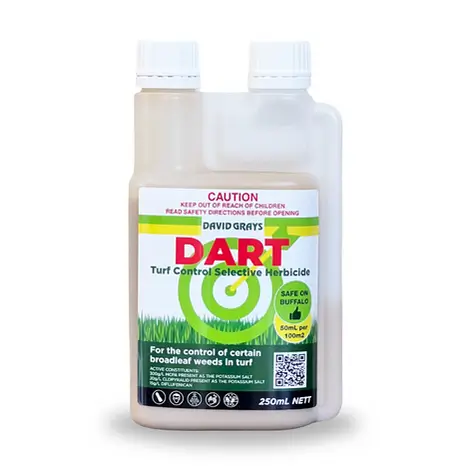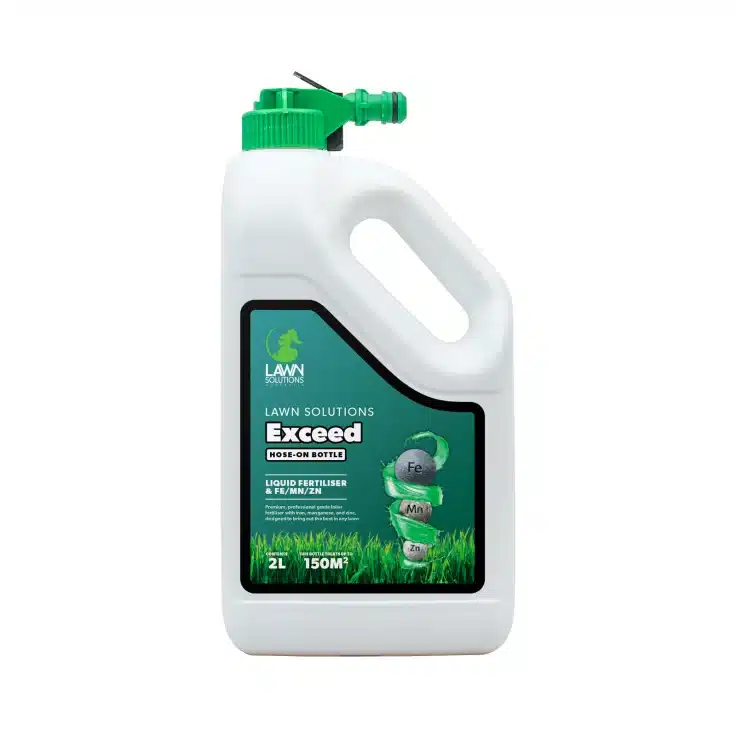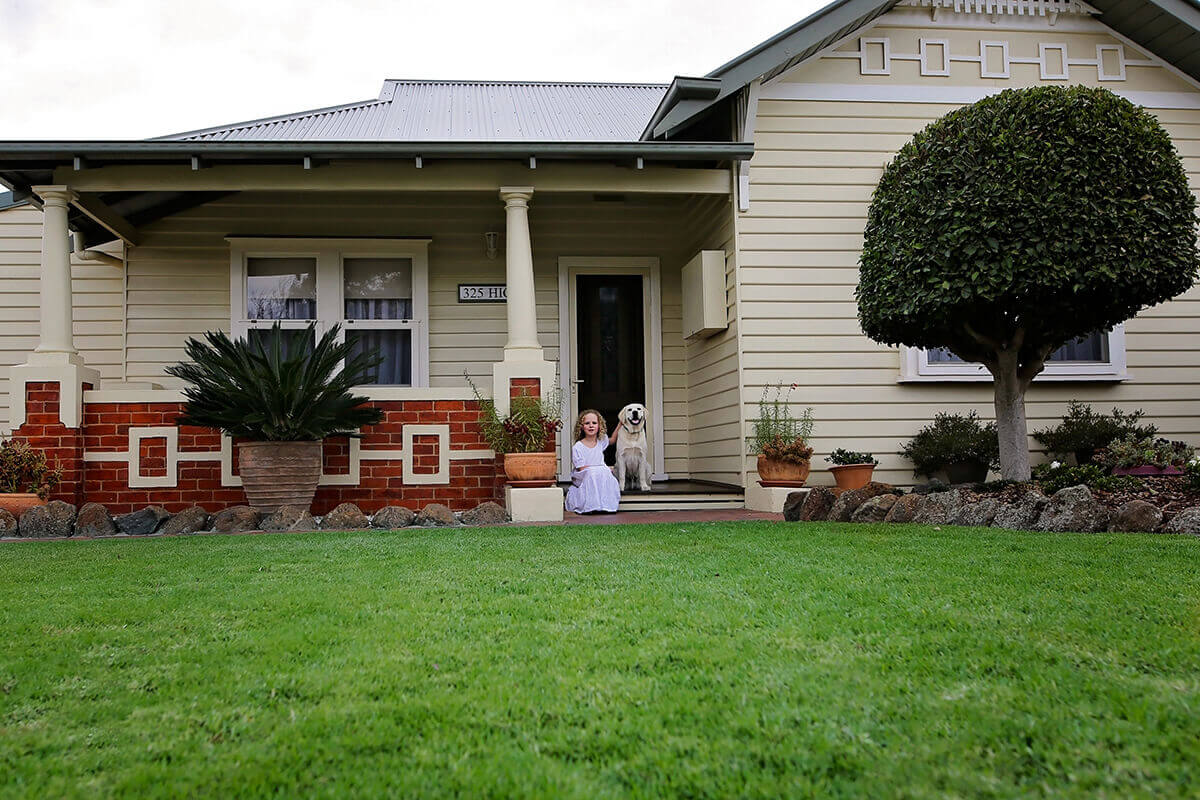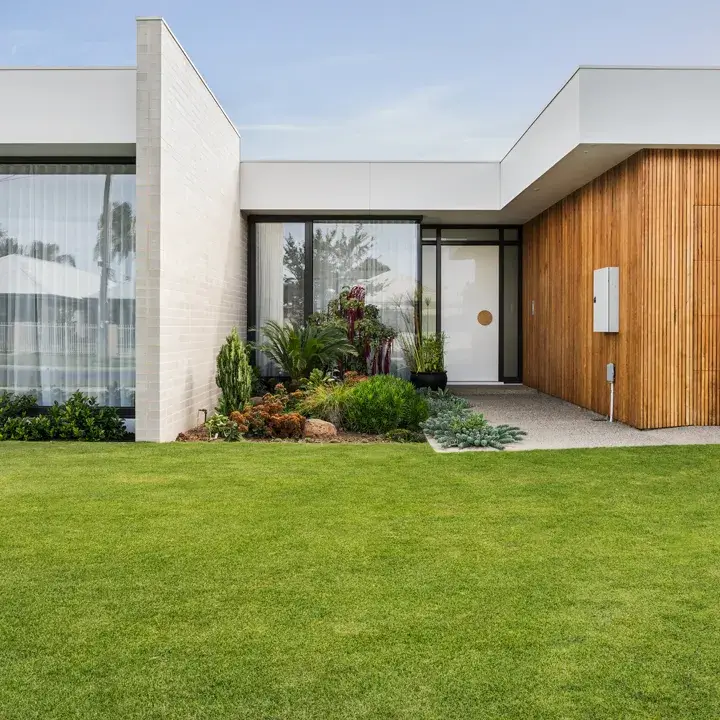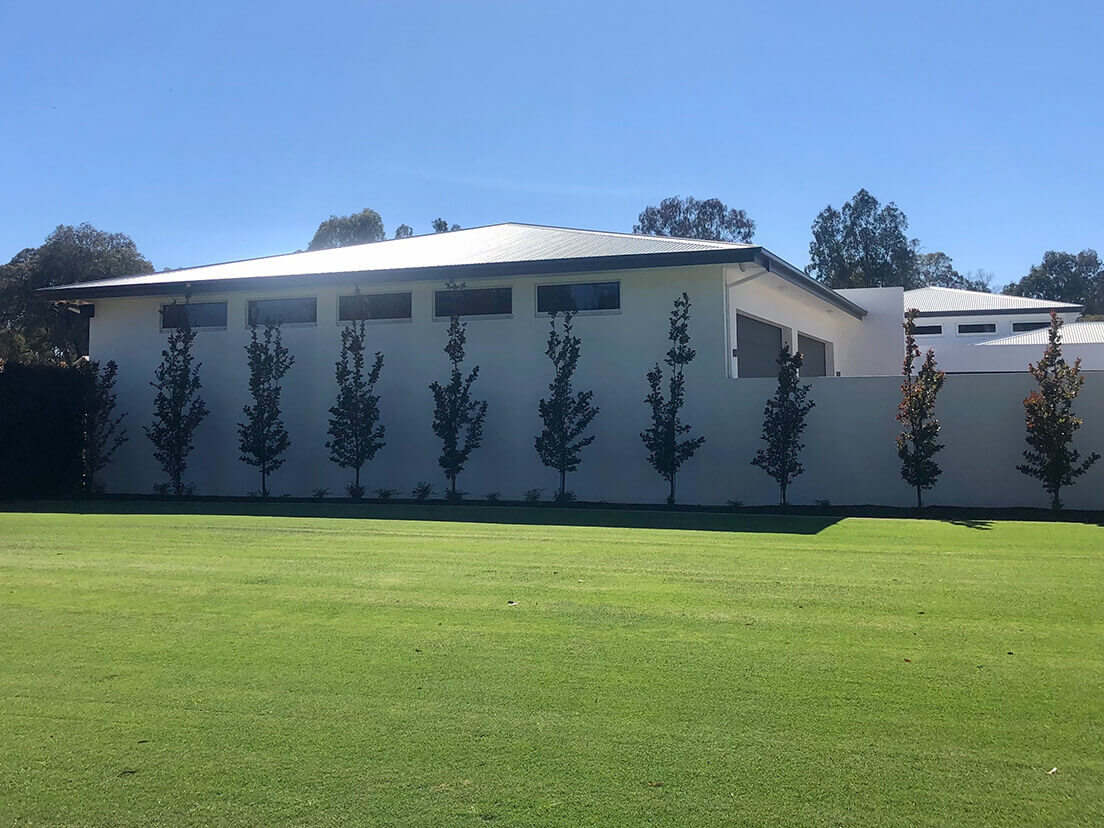We’re here to debunk the myth that new lawn should not be laid over the summer. While the cooler months of spring and autumn are the most popular choices, in summer many of the warm season varieties of turf are in their active growing phase, meaning a fast establishment rate so you can get to enjoying your new lawn sooner.
On the blog today we’ll be sharing our best tips to install and care for your new lawn over summer.
In the Summer? Are you sure?
Yes, we’re sure. Warm-season turf varieties like buffalo, couch, kikuyu, and zoysia are in the most active state of growth over the summer, meaning the lawn will establish quickly with a deep root system.
Measure Your Space
You don’t have to be a mathematician to work out how much turf you will need to order, but it is best to sketch out the area and shape on paper first. This way you can break it up into basic shapes and then measure and record those specific measurements. Then, using our online calculator tool you can calculate the amount of turf you will need. Adding an extra 5% offers a good amount of grace, especially to factor in cutting the turf to fit the shape of your lawn and its edges.
Prepping the Soil
The trick here is to start with a blank slate which may mean removing any vegetation. A non-selective herbicide containing glyphosates like Roundup or Zero work well here. Remember that this can take a few days to take effect. Once the herbicide has done its job, if there’s any dead plant material leftover on the soil, mow over the area with the mower’s blades set low. Then repeat the application of the herbicide. Some lawns will need up to 4 applications of a glyphosate-based herbicide to completely rid the area of all existing vegetation. On the final application, turn the soil to cultivate and loosen it.
A top coating of sandy loam (80% sand and 20% loam) is advised as the perfect underlay for most turf varieties and 80-100ml is the recommended coverage. For our Sir Grange Zoysia, washed river sand is preferred, at a coverage rate of 100-200mls. Level out the soil underlay with a lawn leveller or garden rake to ensure even coverage.
Our turf is usually cut with a thickness of 30-40mm so you will need to take this into consideration, especially if you are wanting the lawn to sit flush with concrete or other surfaces. For precise advice on how thick you can expect your specific turf to be cut, we recommend giving us a call and talking to one of our lawn specialists.
Laying the Turf
It is always recommended to start laying your turf as soon as it is delivered to help prevent the slabs from drying out, this is particularly important in the summer months.
Starter fertilisers can give the soil a nice boost prior to laying the turf, though if laying TifTuf Hybrid Bermuda in summer, we don’t recommend using lawn fertilisers as it is already a fast-growing grass and in its most active growing phase over summer.
Begin laying the turf at the farthest point from your exit to ensure the freshly laid turf is not walked on. Using a brickwork pattern, lay the lawn making sure the edges are butted right up against each other and the underside of the slab connects well with the soil below.
You must irrigate the lawn immediately from the top once you’ve finished laying a section, to avoid the turf drying out.
When installing turf around corners, trees or other shapes, use a sharp spade or shears to cut the turf to size. Don’t toss the excess pieces as you may need these later.
Once the entire lawn has been laid, water it in generously from above (not subsurface), ensuring the turf slab, roots and soil are damp and never dry.
Our Top Tips for Summer Lawn Laying
- Install the lawn straight away – don’t leave it sitting there to dry out!
- Irrigate sections of the lawn as soon as the turf is laid as you continue on the rest of the lawn
- Immediately after it is laid, give the entire area a good soaking, ensuring the roots and grass stay damp. Over summer you may need to check dampness every few hours
- Reduce irrigation once the lawn has started to establish its roots down into the soil profile.

